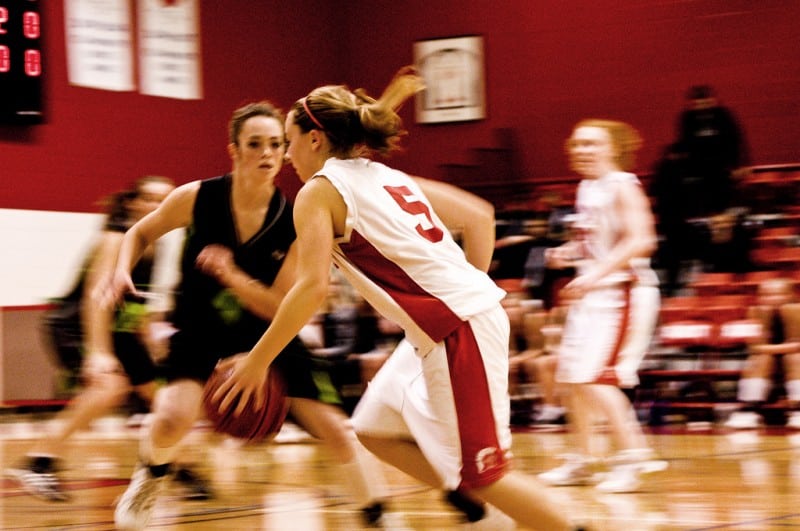Last Updated on July 9, 2020
Whether you have an interest in pursuing sports photography as a hobby or want to make a career out of it, practice is vital.
In sports, you have subjects that move fast, in an erratic manner, and even around a track. Having the right settings on is important in capturing the right moments, be it a goal kick or a hook shot. And the key to knowing what to use and when to use them is to practice.
Here are some tips to get you started:
Understand the sport
Being able to anticipate action is important in capturing a sports moment. Whether it be a goalkeeper saving a shot or a player attempting a dunk, knowing where to position yourself helps you capture wonderful sports moments.
Bring all the essentials
Shooting a sports event can take a while. Cycling matches can last hours – even days – while most team sports can be done in matter of hours. But it doesn’t matter which kind you are attempting to shoot, having everything you need ensures you can capture a scene how you want it.
Essentials doesn’t just mean gear. This also refers to the “extras” that ensures your comfort. For example, a soccer match lasts 90 minutes but can extend into extra time. It’s also played in an open field where rain or extreme heat can be quite the nuisance. So make sure you bring along water, an umbrella, and maybe even a seat.
Use the right Focus Mode
The DSLRs of today provide several options for different situations. Taking a picture of a still object is a lot different from trying to photograph a basketball player on a fastbreak. A still subject affords you the time to re-adjust focus but a moving one doesn’t. As such, your camera will have to reacquire focus constantly as you track your subject.
Setting your camera to Continuous/AF-C (Nikon) or AI Servo (Canon) is particularly helpful in capturing moving subjects like athletes. To keep tracking movement, half-press the shutter or hold the dedicated AF button.
You can also use Single Point AF in sports photography. This applies in sports such as volleyball or swimming when focus time between shooting and focusing is short. Plus, obstacles can get in the way as well – the net, a water splash – so using Single Point AF prevents the camera from focusing on the distractions.
Get the settings right
Subjects in sports photography usually move rapidly. To capture their movement, make sure to increase the number of dynamic area focus points. This is ideal when shooting subjects that are hard to track like ski jumpers. It also applies when shooting subjects that move rapidly or require a change in camera orientation like figure skating.
Using the right tracking sensitivity is also crucial, especially in sports where a subject can be obscured by another. This is common in team sports and even single-player sports like track. In such cases, you can opt to use the normal amount of time or the longest amount of time.
Try to apply these tips as you practice. You’ll get the hang of things as you go along.




